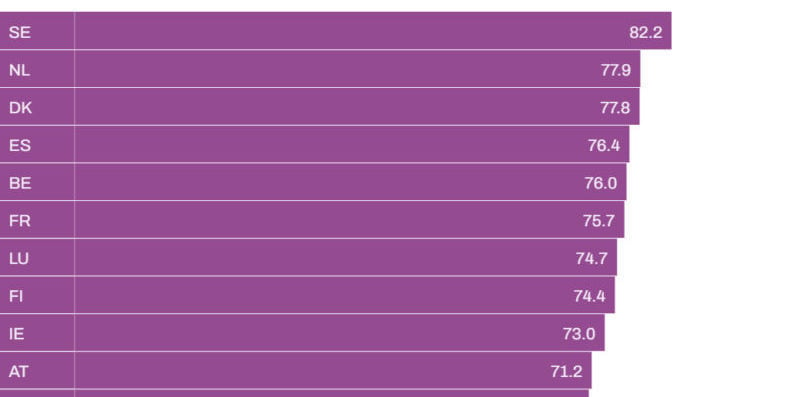Currently, only after the age of 18 can people apply to legally change their gender marker on government documents.
The new plan would strike that age cap, but children 15 years of age or younger would need the consent of their parents or guardians.
Legal gender change for someone resident in Denmark means that a person changes their gender in the national personal registration system, the Centrale Personregister (CPR).
According to the Danish Health Authority, some trans people prefer to change their CPR number so that it more closely reflects their gender identity. Generally, a CPR number with an even last digit denotes the holder is female. An odd last digit denotes a male.
There is no requirement to have requested or received any medical treatment in order to change legal gender.
It’s the second time the governing Social Democrats have proposed the change — it failed in 2020 to garner enough support in parliament, although there was partial support from left-wing parties.
Since then, parliament has consulted with the Danish Council on Ethics (Det Etiske Råd) on the issue of appropriate ages for legal gender change, which proposed lowering the age limit to 10-12 years old.
“It must be considered doubtful whether children prior to puberty can perceive the fundamental reasons for, and grasp the consequences of, a possible legal gender change,” the council said at the time.
“Such a judgement requires a certain level of maturity and consciousness. One must assume that no elementary school child can formulate, by themselves, a desire to change their legal gender,” it said.
The equality spokesperson with the Conservative party, Birgitte Bergmann, told newspaper Jyllands-Posten her party was directly opposed to the government proposal, which is set to be tabled as a parliamentary bill in October.




 Please whitelist us to continue reading.
Please whitelist us to continue reading.
Member comments